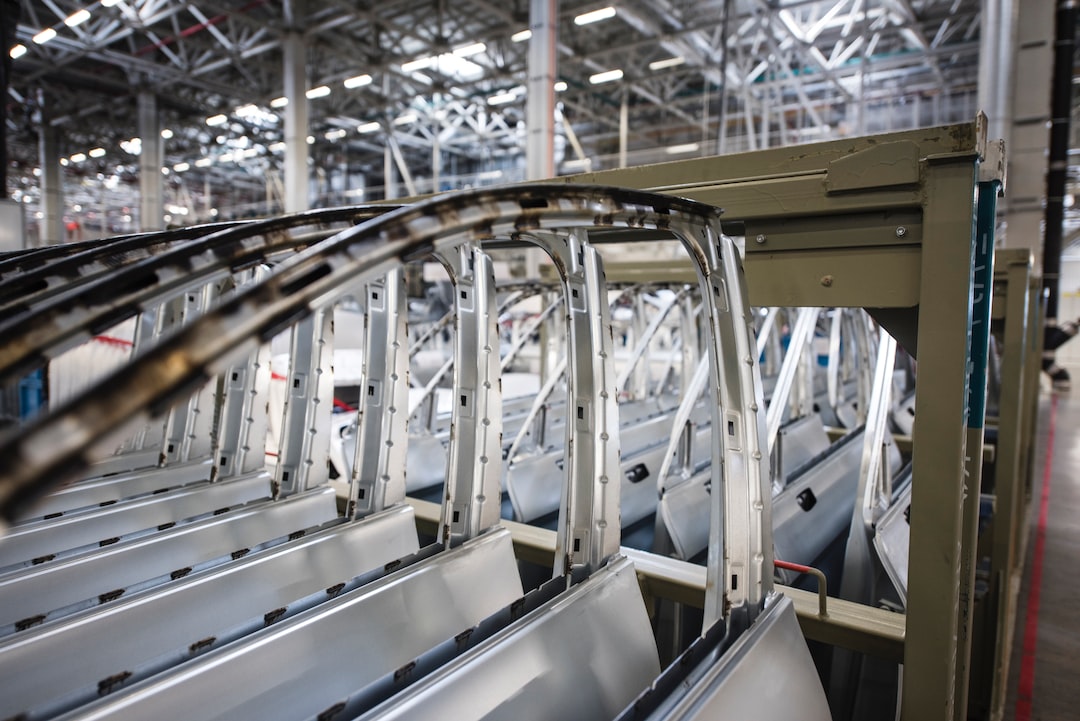Revolutionizing Manufacturing through Collaborative Robots (Cobots)
In recent years, there has been a significant shift in the manufacturing industry, thanks to the advent of collaborative robots, commonly known as cobots. These advanced robotic systems have revolutionized the way we perceive and approach manufacturing processes, offering unparalleled efficiency, productivity, and safety. With their ability to work side by side with humans, cobots are transforming traditional manufacturing practices and unlocking immense potential for automation.
Cobots are designed to operate safely and effectively in close proximity to human workers. Unlike traditional industrial robots that are usually caged or isolated to avoid any direct interaction with humans, cobots are built with safety features and sensors that enable them to collaborate and cooperate with their human counterparts. This ensures a harmonious and efficient working environment where humans and cobots work together towards a common goal.
One of the key advantages of cobots is their versatility. Unlike traditional robots that are limited to performing a single task, cobots are highly adaptable and can be easily programmed to perform a wide range of tasks. Whether it’s assembly, packaging, material handling, or even intricate tasks that require fine motor skills, cobots can be quickly reprogrammed to handle different tasks, reducing the need for manual labor and increasing overall production efficiency.
Moreover, cobots are incredibly user-friendly, enabling even non-technical workers to program and operate them. With their intuitive interfaces and interactive programming capabilities, cobots can be easily taught new tasks simply by guiding their movements. This simplicity allows manufacturers to quickly deploy cobots in various stages of the production process, optimizing production lines, and streamlining operations.
Another significant advantage of cobots is their ability to enhance workplace safety. Cobots are equipped with advanced sensors and intelligent systems that enable them to detect and respond to human presence, ensuring that they don’t pose any safety risks. This feature eliminates the need for physical barriers or cages, allowing cobots to work alongside humans without any hindrance. By minimizing the risk of accidents and injuries, cobots contribute to a safer working environment and boost employee morale.
Furthermore, cobots offer a cost-effective solution for manufacturers. Compared to traditional robots, cobots generally require less investment in terms of infrastructure and programming. They can be easily integrated into existing production lines without major reconfigurations, saving both time and money. Additionally, cobots have a smaller footprint and lower energy consumption, further reducing operational costs and optimizing resource utilization.
Cobots also bring opportunities for increased productivity and efficiency in the manufacturing process. Their ability to work around the clock without fatigue ensures continuous operation, minimizing downtime, and maximizing productivity. Cobots can also work at a consistent pace, eliminating the human factor of variation and errors, resulting in higher product quality and customer satisfaction. With the ability to handle repetitive and mundane tasks, cobots free up human workers to focus on more complex and creative tasks, enhancing overall productivity.
The integration of cobots in manufacturing processes has implications beyond just efficiency and productivity. It also addresses the evolving demands of consumers for customization and personalized products. Cobots can be programmed to handle small batch production and rapid changeovers, making it easier for manufacturers to respond to diverse customer needs and preferences. This flexibility enables manufacturers to remain competitive in an increasingly dynamic market, catering to individual customer requirements and driving innovation.
The revolution brought about by cobots is only beginning. As technology advances, cobots will become even more precise, intelligent, and collaborative. They will continue to transform the manufacturing landscape, challenging traditional notions of labor and reshaping the future of work. Embracing this transformation and harnessing the potential of cobots will undoubtedly give manufacturers a competitive edge, by increasing efficiency, productivity, safety, and customer satisfaction. The collaboration between humans and machines is the way forward, and cobots are leading the charge.

